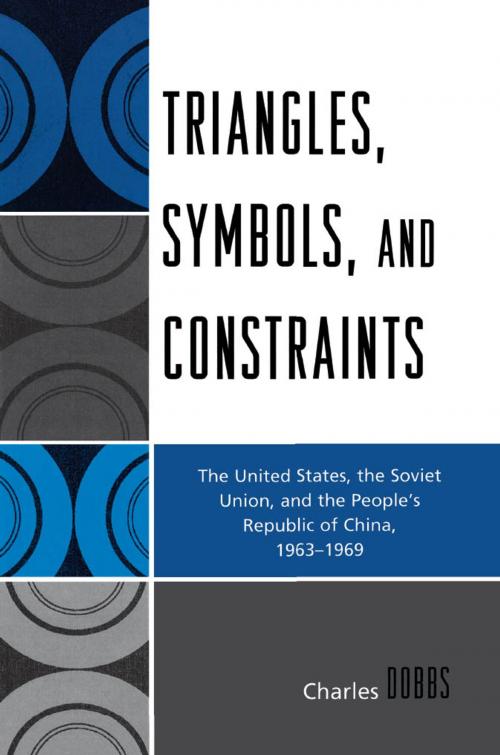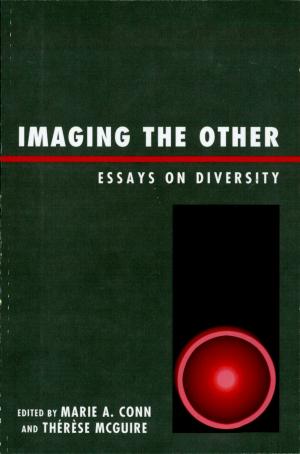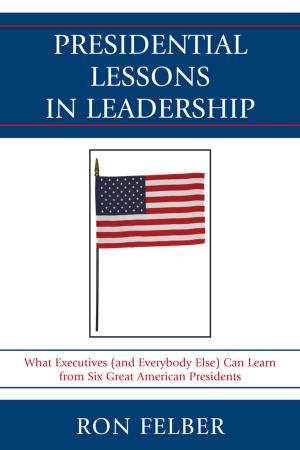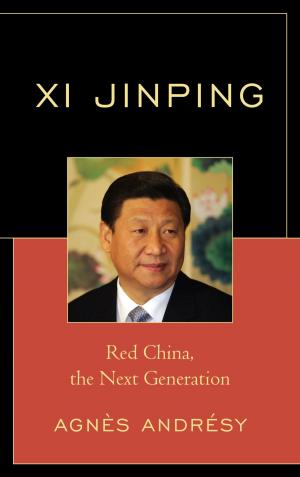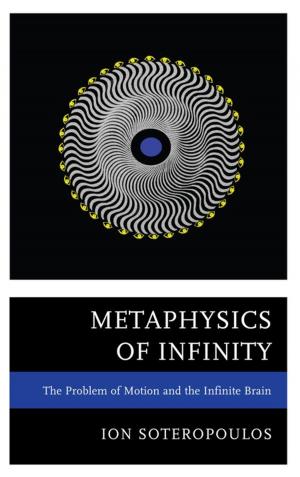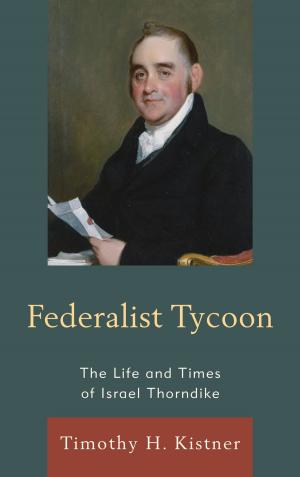Triangles, Symbols, and Constraints
The United States, the Soviet Union, and the People's Republic of China, 1963-1969
Nonfiction, History, Asian, Former Soviet Republics, China, Americas, United States| Author: | Charles Dobbs | ISBN: | 9780761850007 |
| Publisher: | UPA | Publication: | January 25, 2010 |
| Imprint: | UPA | Language: | English |
| Author: | Charles Dobbs |
| ISBN: | 9780761850007 |
| Publisher: | UPA |
| Publication: | January 25, 2010 |
| Imprint: | UPA |
| Language: | English |
In his five-plus years as president of the United States, Lyndon Johnson witnessed dramatic power struggles within and between the Soviet Union, the People's Republic of China, and the United States of America. New Soviet leaders were determined to build Soviet power and extend Soviet influence. Mao's revolutionary ideology so dominated China that there were few levers to move Sino-American relations ahead. Johnson wanted to ease Cold War tensions by reaching a range of agreements with the Soviet Union on nuclear weapons and establishing relations with the People's Republic of China in order to end its isolation in the world community. However, multiple events frustrated Johnson's good intentions. The Soviet leadership that overthrew Nikita Khrushchev was committed to expanding its military might before negotiating with Washington; it also began focusing more and more on the worsening Sino-Soviet split. Mao Zedong entered into the Great Proletarian Cultural Revolution, and China seemed to devour itself. Meanwhile, the Vietnam War made negotiations among all three great powers more difficult, limiting room to maneuver. But Johnson persevered, and by 1968 the apparent American retreat symbolized by the North Korean seizure of the USS Pueblo and the Communist Tet Offensive in Vietnam, along with the Soviet invasion of Czechoslovakia, seemed to change the construct between the great powers. Beijing, emerging from the worst of the Cultural Revolution, increasingly feared Soviet intentions, and Moscow wanted to prevent a Sino-American rapprochement. Although Johnson did not achieve his lofty goals, he created the pre-conditions that Richard Nixon later harvested for the dZtente with Moscow and rapprochement with Beijing. Johnson's best intentions fell prey to triangles, symbols, and constraints.
In his five-plus years as president of the United States, Lyndon Johnson witnessed dramatic power struggles within and between the Soviet Union, the People's Republic of China, and the United States of America. New Soviet leaders were determined to build Soviet power and extend Soviet influence. Mao's revolutionary ideology so dominated China that there were few levers to move Sino-American relations ahead. Johnson wanted to ease Cold War tensions by reaching a range of agreements with the Soviet Union on nuclear weapons and establishing relations with the People's Republic of China in order to end its isolation in the world community. However, multiple events frustrated Johnson's good intentions. The Soviet leadership that overthrew Nikita Khrushchev was committed to expanding its military might before negotiating with Washington; it also began focusing more and more on the worsening Sino-Soviet split. Mao Zedong entered into the Great Proletarian Cultural Revolution, and China seemed to devour itself. Meanwhile, the Vietnam War made negotiations among all three great powers more difficult, limiting room to maneuver. But Johnson persevered, and by 1968 the apparent American retreat symbolized by the North Korean seizure of the USS Pueblo and the Communist Tet Offensive in Vietnam, along with the Soviet invasion of Czechoslovakia, seemed to change the construct between the great powers. Beijing, emerging from the worst of the Cultural Revolution, increasingly feared Soviet intentions, and Moscow wanted to prevent a Sino-American rapprochement. Although Johnson did not achieve his lofty goals, he created the pre-conditions that Richard Nixon later harvested for the dZtente with Moscow and rapprochement with Beijing. Johnson's best intentions fell prey to triangles, symbols, and constraints.
